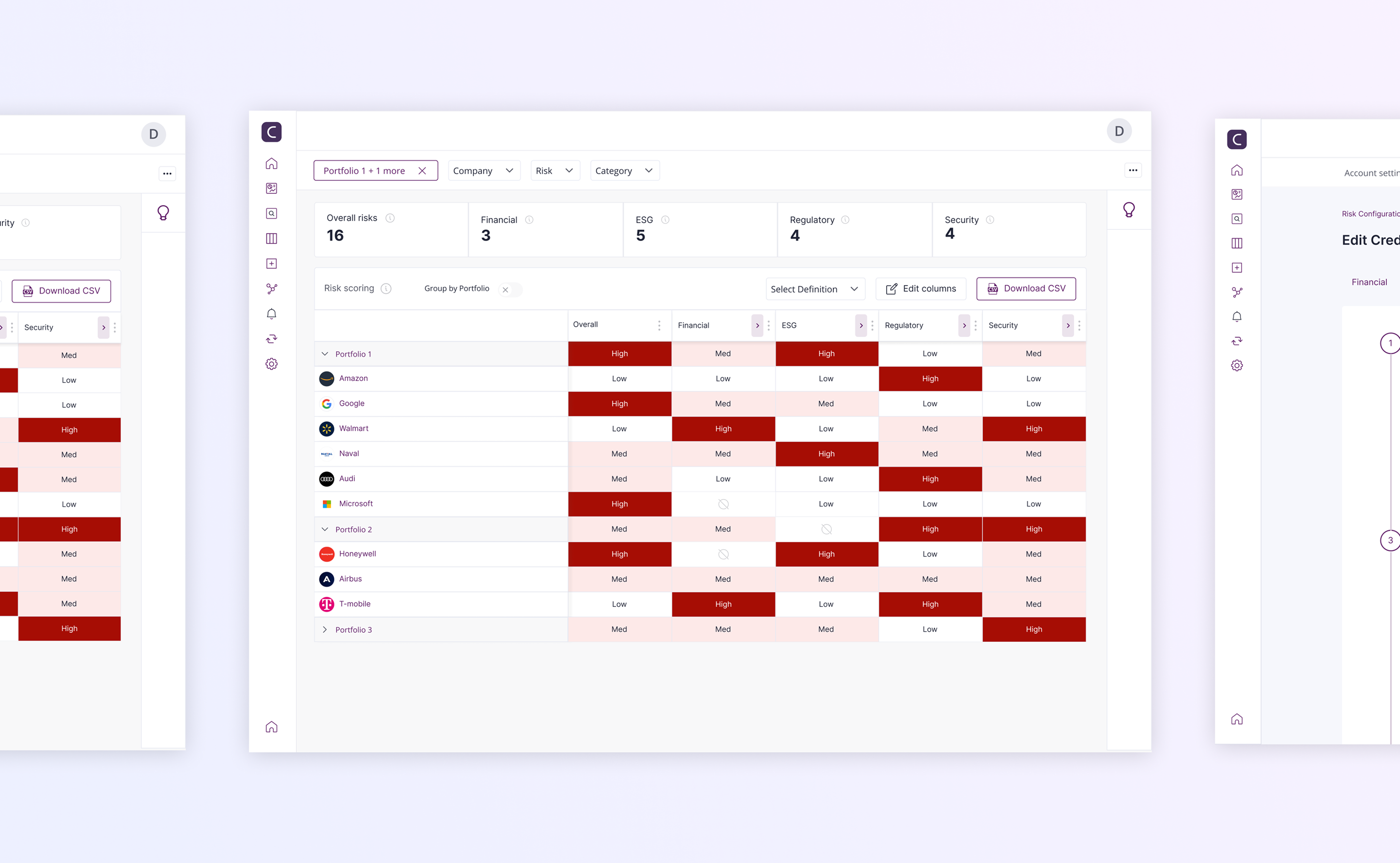
December 15, 2023
Startup Metrics That Actually Matter
In the startup world, metrics are everything. But here's the problem: most founders are tracking the wrong metrics, leading to poor decisions and missed opportunities. After analyzing data from over 200 startups, I've identified the metrics that actually predict success—and they're not what you think.
Vanity metrics like total downloads, social media followers, or page views might make you feel good, but they won't help you build a sustainable business. The metrics that matter are those that directly impact your bottom line and growth trajectory.
The North Star Metric: What Really Matters
Every startup needs a North Star metric—the one number that best captures the core value your product delivers to customers. For SaaS companies, it might be monthly active users or revenue per user. For marketplaces, it could be gross merchandise value or successful transactions.
Your North Star metric should be directly tied to customer value and business growth. If this number is improving, your business is healthy. If it's stagnating or declining, you have a problem that needs immediate attention.
Customer Acquisition Metrics That Matter
Customer Acquisition Cost (CAC) is crucial, but don't just look at the average. Segment by channel, customer type, and acquisition method. You might find that your most expensive customers are actually your most valuable, or that certain channels are more efficient than others.
Payback period is equally important—how long does it take to recover your CAC? For SaaS companies, aim for a payback period of 12 months or less. For e-commerce, it should be even shorter.
"What gets measured gets managed. Focus on metrics that drive business outcomes, not just activity."
Peter Drucker, Management Consultant
Retention: The Foundation of Growth
Customer retention is more important than acquisition. It's cheaper to retain existing customers than acquire new ones, and retained customers are more likely to refer others. Track cohort retention rates, not just overall churn.
Look at Day 1, Day 7, Day 30, and Day 90 retention rates. These metrics reveal how well you're onboarding customers and whether they're finding value in your product. If customers aren't sticking around, fix your product before spending more on acquisition.
Revenue Metrics That Predict Success
Monthly Recurring Revenue (MRR) is the gold standard for SaaS companies, but don't just track the total. Monitor MRR growth rate, new MRR, expansion MRR, and churned MRR. These components tell the full story of your revenue health.
Customer Lifetime Value (LTV) is crucial for understanding your unit economics. But don't just calculate it—actively work to improve it through better onboarding, feature adoption, and upselling strategies.
Product Metrics: The Leading Indicators
Product metrics predict future business success. Track feature adoption rates, user engagement depth, and time-to-value. These metrics tell you whether your product is solving real problems and creating lasting value.
Use tools like Mixpanel or Amplitude to track user behavior and identify the actions that correlate with long-term retention. Focus on improving these key behaviors rather than adding new features.
Remember: metrics are only useful if they drive action. Set up dashboards, create regular reporting cadences, and use your metrics to make data-driven decisions. The goal isn't to track everything—it's to track the right things and act on what you learn.
- Solutions
- Home
- Our Services
- Portfolio




